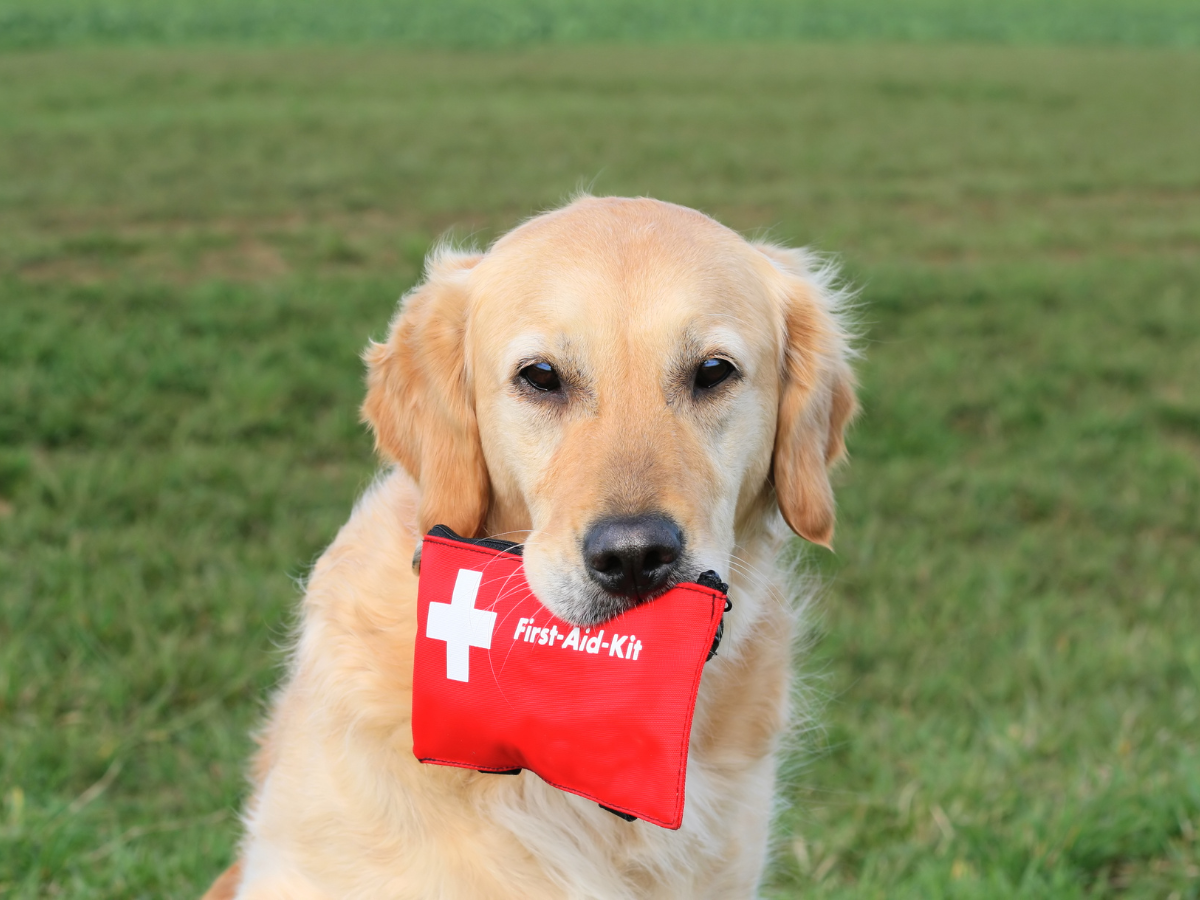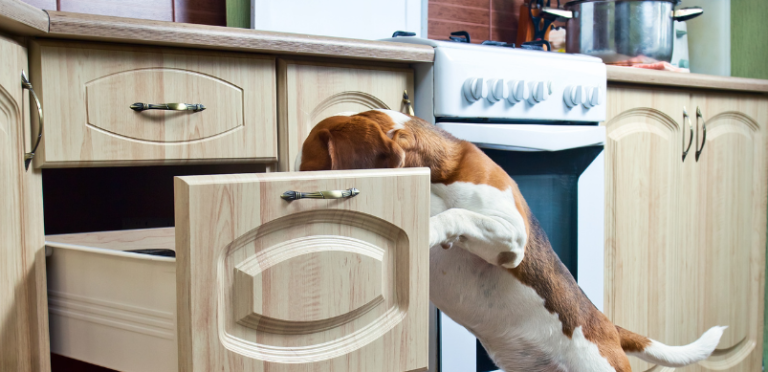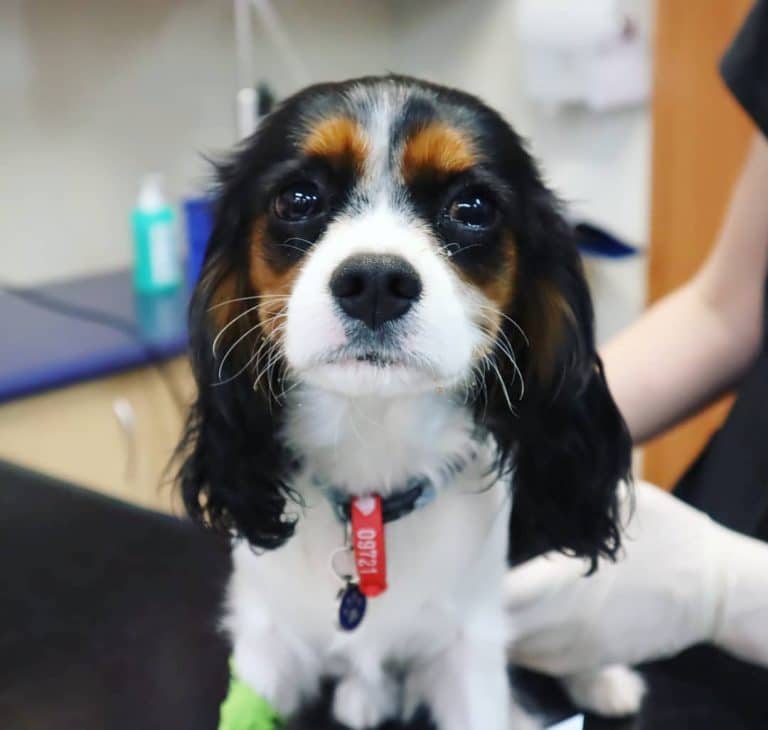An Owners Guide to Pet First Aid Preparedness
When it comes to our pets, their safety and well-being are a top priority. Understanding the key components of pet first aid is crucial for every pet owner, offering the knowledge and tools needed to act confidently in emergency situations. This guide delves into the essentials of pet first aid, from preparation and basic procedures to preventive measures, ensuring you’re equipped to provide the best possible care for your beloved companion.
Preparation: The Foundation of Pet First Aid
First Aid Kit for Pets
Your first step in pet first aid preparedness is assembling a pet-specific first aid kit. Essentials should include gauze, non-stick bandages, adhesive tape for securing bandages, saline solution for cleaning wounds, antiseptic wipes, a thermometer to check for fever, tweezers for removing foreign objects, and a muzzle. Even the gentlest pet may bite if in pain, so a muzzle is crucial for their safety and yours.
Emergency Numbers
Equally important is having a list of emergency contacts readily available. This list should include your veterinarian’s phone number, the nearest emergency pet hospital, and a poison control hotline. In the heat of an emergency, having these numbers at your fingertips can save valuable time.

Basic Procedures: The Core of Emergency Response
Assessing the Situation
Knowing how to assess your pet’s condition is vital. Learn to check and interpret vital signs such as heart rate, breathing rate, and temperature. These initial assessments can provide crucial information about your pet’s condition to emergency responders or your vet.
CPR for Pets
Cardiopulmonary resuscitation (CPR) can be a lifesaver in dire situations. Familiarise yourself with the pet CPR procedure, which varies slightly based on the size and species of the pet. Regular practice on a dummy can prepare you to perform CPR calmly and effectively when needed.
Wound Care
Understanding how to properly clean and bandage wounds is essential for preventing infection and further injury. Know the basics of wound care, including when to apply pressure to stop bleeding and how to clean a wound before bandaging.
Handling Specific Emergencies
Be prepared for specific emergencies such as poisoning, choking, or heatstroke. Each scenario requires a different approach, and knowing the right steps to take can be critical for your pet’s survival.

Preventive Measures: Avoiding Emergencies Before They Happen
Pet Proofing
Regular inspections of your home for potential hazards can prevent many emergencies. Look out for toxic plants, small objects that could be ingested, and foods that are unsafe for pets. Removing these dangers can significantly reduce the risk of accidents and poisoning.
Regular Vet Visits
Preventive care is just as important as being prepared for emergencies. Ensure your pet has regular check-ups with the veterinarian to prevent illnesses, update vaccinations, and catch any potential health issues early.
Pet first aid is more than just a set of skills; it’s a critical component of responsible pet ownership. By understanding and applying these key components, you can ensure that you’re ready to act in your pet’s best interest during any emergency. Remember, while first aid can save lives and prevent further injury, it is not a substitute for professional veterinary care. Always follow up with your vet after any emergency to ensure your pet receives the comprehensive care they need. Your preparedness can make all the difference in your pet’s health and well-being.



